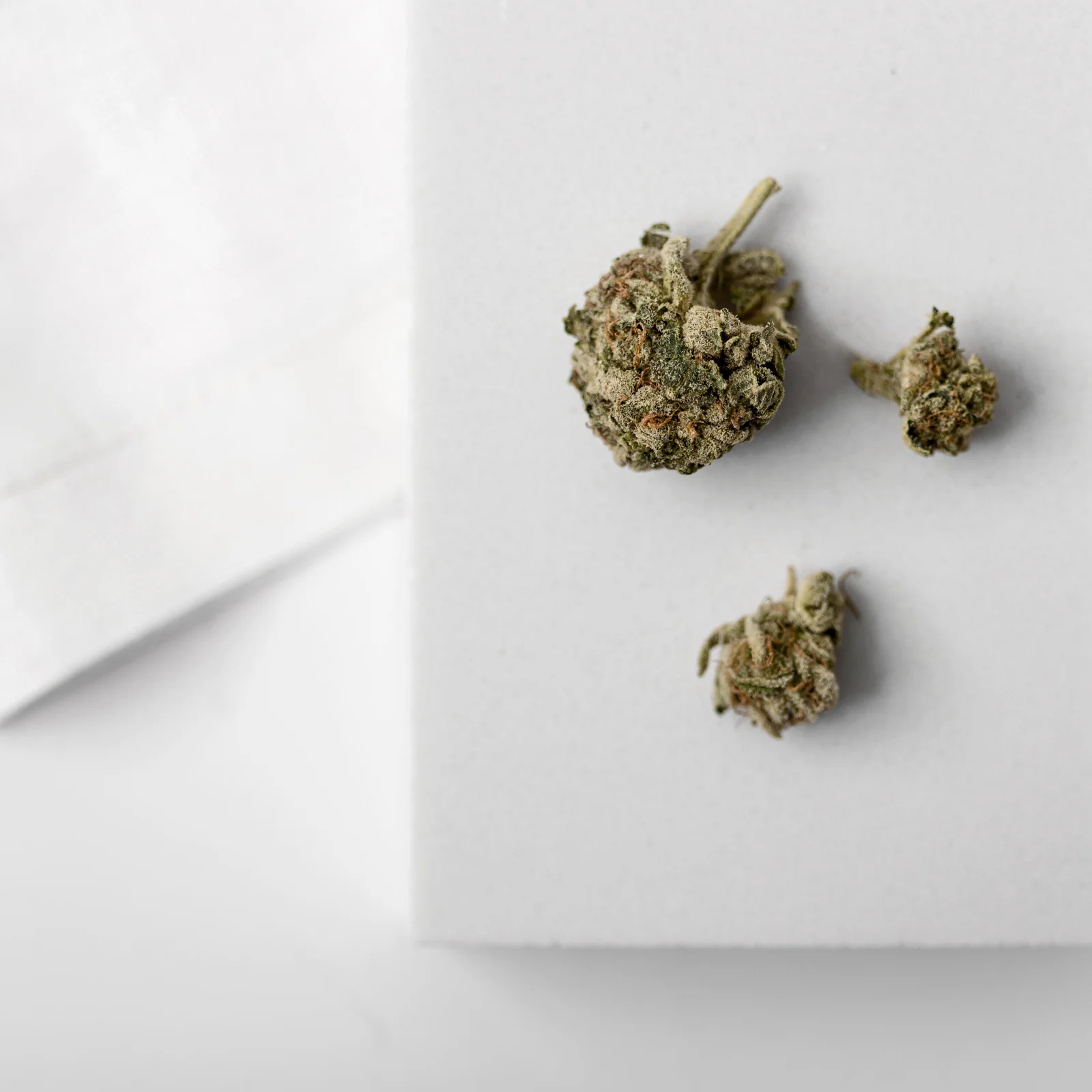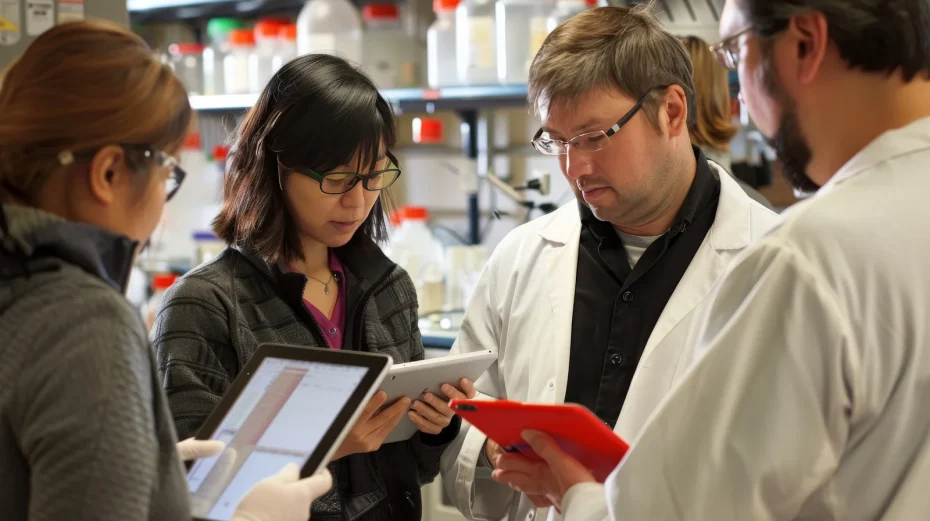TL;DR: Industrial Hemp
Growing industrial hemp involves obtaining a cultivation license and adhering to regional regulations, as hemp is a versatile plant with applications ranging from textiles to biofuels. Essential cultivation practices include selecting appropriate seed varieties, ensuring well-drained and nutrient-rich soil, and implementing integrated pest management.
Hemp thrives in temperate climates with ample sunlight and requires significant water during early growth stages. Harvest timing and techniques vary based on the intended product, such as fiber or seeds, and proper processing and storage are crucial to maintain quality. With its expanding uses and sustainability benefits, industrial hemp presents a lucrative opportunity for modern farmers.
 Create the Perfect
Create the PerfectGrow Room →
Industrial hemp, often referred to as “hemp industrial,” has surged in popularity due to its versatility and numerous applications, from textiles to biofuels. With the global push towards sustainable practices, understanding how to cultivate hemp industrially has become essential for modern farmers. This guide aims to provide clear insights into the farming, cultivation, and harvesting processes of industrial hemp, while addressing key factors like obtaining a hemp cultivation license and emphasizing hemp industrial production and uses.
Understanding Industrial Hemp
Industrial hemp is a variety of the Cannabis sativa plant species that is grown specifically for industrial uses. These include clothing, biodegradable plastics, construction materials, and fuel. Not to be confused with its psychoactive counterpart, hemp contains only trace amounts of THC (tetrahydrocannabinol), making it safe and legal to cultivate in many jurisdictions with the appropriate licenses.

The Cultivation Process
Securing a Hemp Cultivation License
Before embarking on your hemp farming journey, it’s vital to obtain a hemp cultivation license. Regulations surrounding hemp industrial cultivation can vary significantly between regions. Therefore, it’s recommended to consult with local agricultural departments or legal experts who specialize in hemp legislation. Securing this license not only ensures legal compliance but also grants access to support and resources from agricultural bodies.
Farming Hemp: Soil and Climate Considerations
Hemp thrives in well-drained, loamy soils with a pH between 6 and 7.5. It is a hardy plant but performs best in mild climates with consistent rainfall. If your region faces droughts or excessive moisture, investing in a reliable irrigation and drainage system is beneficial. Testing soil quality ahead of planting can significantly influence yield outcomes.
Growing Practices for Optimal Yield
Planting Techniques
Hemp seeds should be sown directly into the soil after the last frost has passed. Planting densities can vary depending on the intended use; denser planting is common for fiber production, while more spaced planting benefits seed production. Monitoring seed germination rates and maintaining ideal spacing can lead to robust plant growth.
Nutrient Management
Hemp requires balanced nutrition throughout its growth cycle. It’s adept at utilizing available nitrogen, so managing soil nutrients through organic matter and compost is advisable. Keep an eye out for signs of nutrient deficiencies or toxicities, which can lead to reduced yield and plant vigor.
Pest and Disease Management
While hemp is relatively resistant to many pests and diseases, preventative measures are key for maintaining healthy crops. Implementing integrated pest management strategies and rotating crops can minimize pest infestation and the incidence of diseases.
Harvesting Industrial Hemp
The timing of harvest will depend on your target hemp industrial product. Fiber harvest typically occurs when the plants are in the early flowering stage, while seeds are collected once they mature and harden. Using the right equipment tailored to hemp can prevent plant damage and maximize yield.
Hemp Industrial Production and Uses
The uses of hemp are expanding rapidly. From serving as a sustainable alternative to timber in construction to replacing petroleum-based materials in plastics, the scope of hemp industrial applications is vast. Advancements in processing technologies are continually unveiling new avenues for this versatile plant, reinforcing its relevance in the modern industrial landscape.
FAQ: Cultivating Hemp
As an expert in industrial hemp cultivation, I’ve compiled a list of frequently asked questions regarding this versatile crop. Whether you’re a newcomer or a seasoned grower, understanding these key topics can help optimize your hemp farming operation.
What are the key factors to consider when cultivating hemp?
Climate and Environment:
- Temperature: Hemp thrives in temperate climates with well-defined seasons. It requires temperatures between 60-80°F (15-27°C).
- Sunlight: Hemp needs ample sunlight, typically 12-14 hours of daylight during its growing period.
- Soil: Well-draining, nutrient-rich soils with a pH between 6.0 and 7.5 are ideal. Soil tests are recommended for nutrient management.
Genetics and Variety Selection:
- Choose seed varieties based on desired end-products, such as fiber, seeds, or CBD extraction.
- Ensure seeds are certified and compliant with local regulations for THC content.
Watering Practices:
- Hemp requires significant water during germination and initial growth phases but is drought-tolerant once established.
- Avoid waterlogged conditions to prevent root diseases.
Nutrient Management:
- Hemp benefits from nitrogen-rich fertility; however, excessive nitrogen can lead to lodging.
- Balanced fertilization tailored to soil tests ensures optimal growth and yield.

How can you ensure a successful harvest when growing industrial hemp?
Site Preparation:
- Proper field preparation including plowing and harrowing ensures good seed-to-soil contact.
Sowing Techniques:
- Planting depth should be about 0.5-1 inch (1.3-2.5 cm), and seeds should be spaced to allow air circulation.
- Optimal planting time varies by region but generally coincides with the last frost date.
Pest and Disease Management:
- Regular scouting for pests like aphids and diseases such as white mold is crucial.
- Employing integrated pest management (IPM) strategies minimizes chemical interventions.
Monitoring Plant Health:
- Frequent monitoring during growth allows for early intervention in case of nutrient deficiencies, pests, and diseases.
What are the challenges in growing hemp and how to overcome them?
Regulatory Compliance:
- Navigating local and federal laws regarding THC levels and farming practices is essential.
- Regular testing of hemp crops ensures they comply with legal THC limits.
Market Volatility:
- Diversifying potential income streams (e.g., fibers, seeds, and flower production) can stabilize revenue amid fluctuating market demands.
Crop Management:
- Hemp can compete poorly with weeds, especially in its early stages. Using mulch or cover crops can help manage weed pressure.
Labor Intensiveness:
- Due to its height and density, industrial hemp can be labor-intensive, particularly during harvesting. Mechanized solutions are available for larger operations.
What is the correct way to harvest industrial hemp for optimum yield?
Timing:
- Harvest timing varies with the intended product. For fiber, harvest at early flowering; for seeds, harvest when seeds are mature but not shattering.
Harvesting Techniques:
- For fiber: Use machinery like a combined sickle mower and baler which cuts the stalks, lays them in windrows, and bales them after retting.
- For seeds: Combine harvesters are typically employed to collect seeds efficiently.
Drying and Processing:
- Proper drying techniques, particularly for seeds and CBD-rich flowers, prevent spoilage and preserve quality.
- Post-harvest processing, such as decortication for fiber or hulling for seeds, should be done quickly after harvest to maintain quality.
Storage:
- Store hemp products in a cool, dry environment to prevent mold and deterioration.
By understanding these pivotal factors and practices, growers can enhance the success and profitability of their industrial hemp operations while maintaining compliance and sustainability.
Conclusion
In summary, growing industrial hemp requires careful planning, from acquiring the necessary hemp cultivation license to implementing best practices for planting, maintenance, and harvesting. By understanding the nuances of hemp industrial production, farmers can tap into a market that’s both lucrative and environmentally friendly. As demand for sustainable materials continues to grow, so does the potential of hemp industrial applications, making it an attractive venture for forward-thinking cultivators.
Streamline Cannabis CultivationAbout GrowerIQ
GrowerIQ is changing the way producers use software - transforming a regulatory requirement into a robust platform to learn, analyze, and improve performance.
To find out more about GrowerIQ and how we can help, fill out the form to the right, start a chat, or contact us.

